[Guest post] Free Holdings case raises important issues regarding the legal nature of NFTs
The IPKat
APRIL 19, 2023
In 2014, digital artist Kevin McCoy created a piece of digital art named “Quantum” (viewable here ) and decided to create a digital record of Quantum by recording a name on the Namecoin blockchain on 2 May 2014. However, and beyond the fact that the registration is expired, any name maintains in the blockchain its own history.

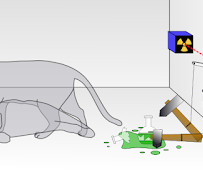
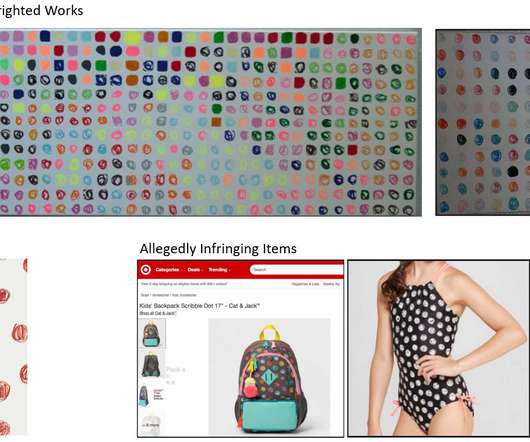

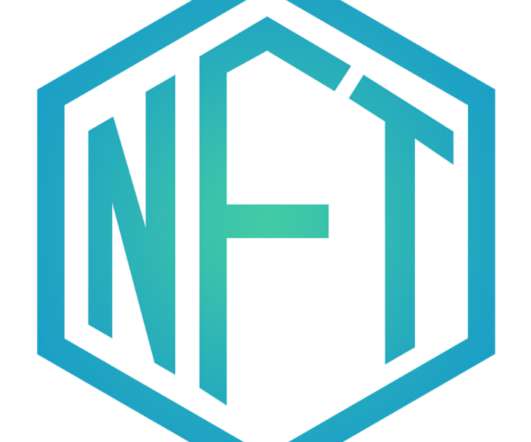

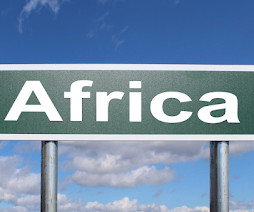

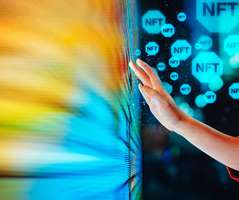
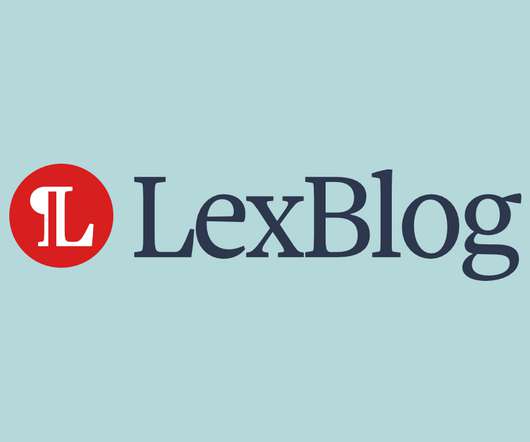
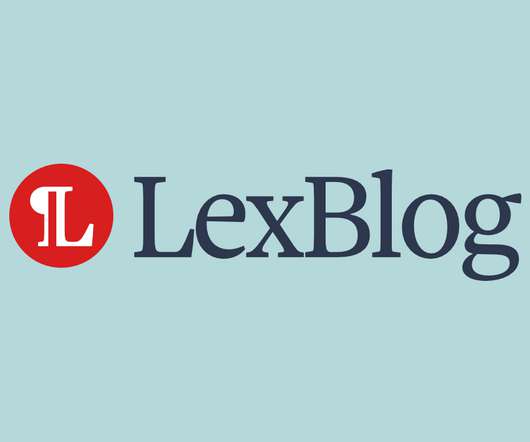

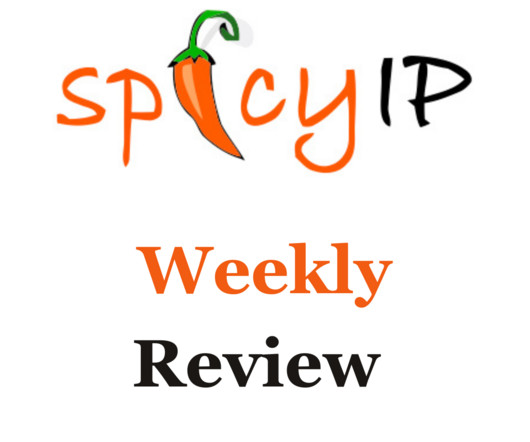






Let's personalize your content